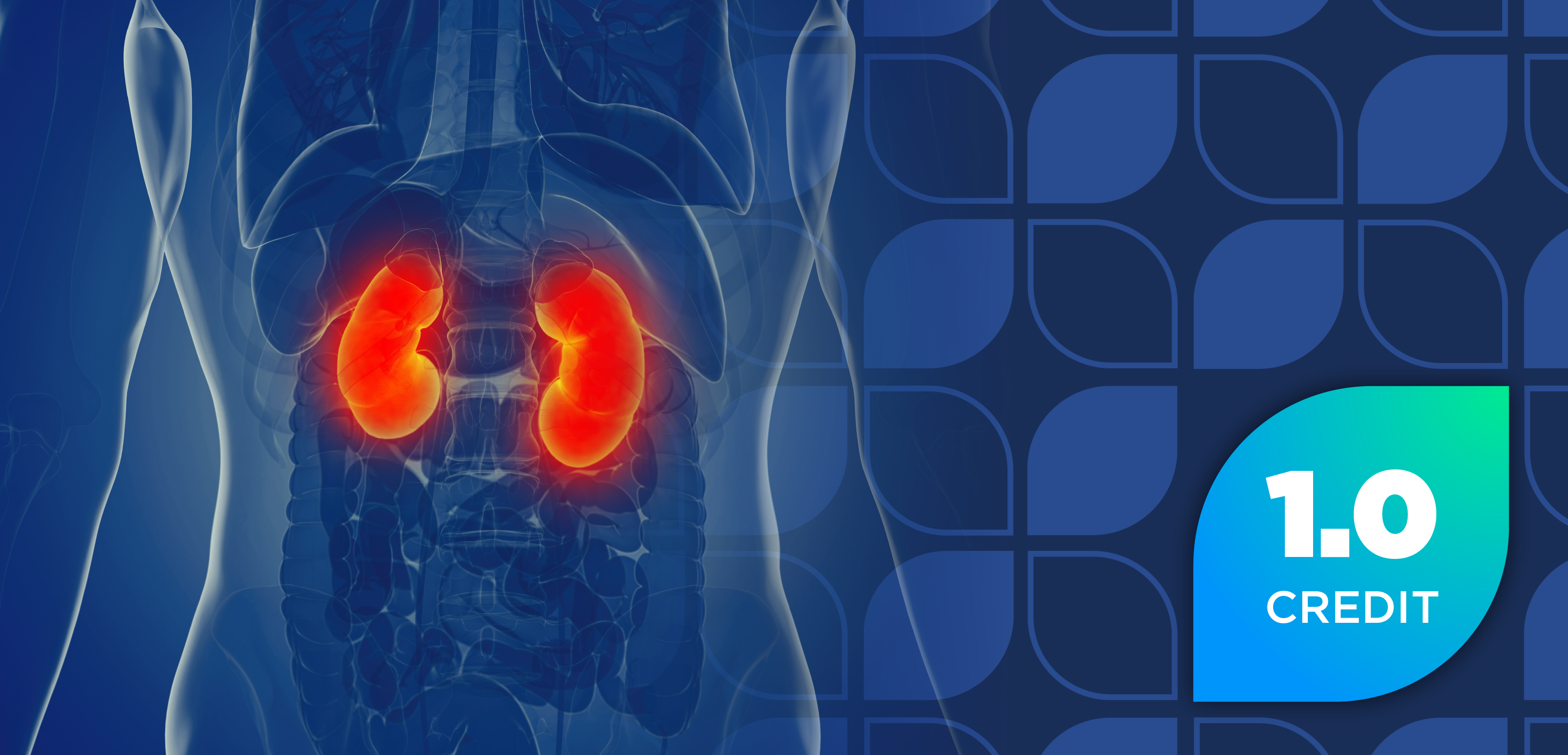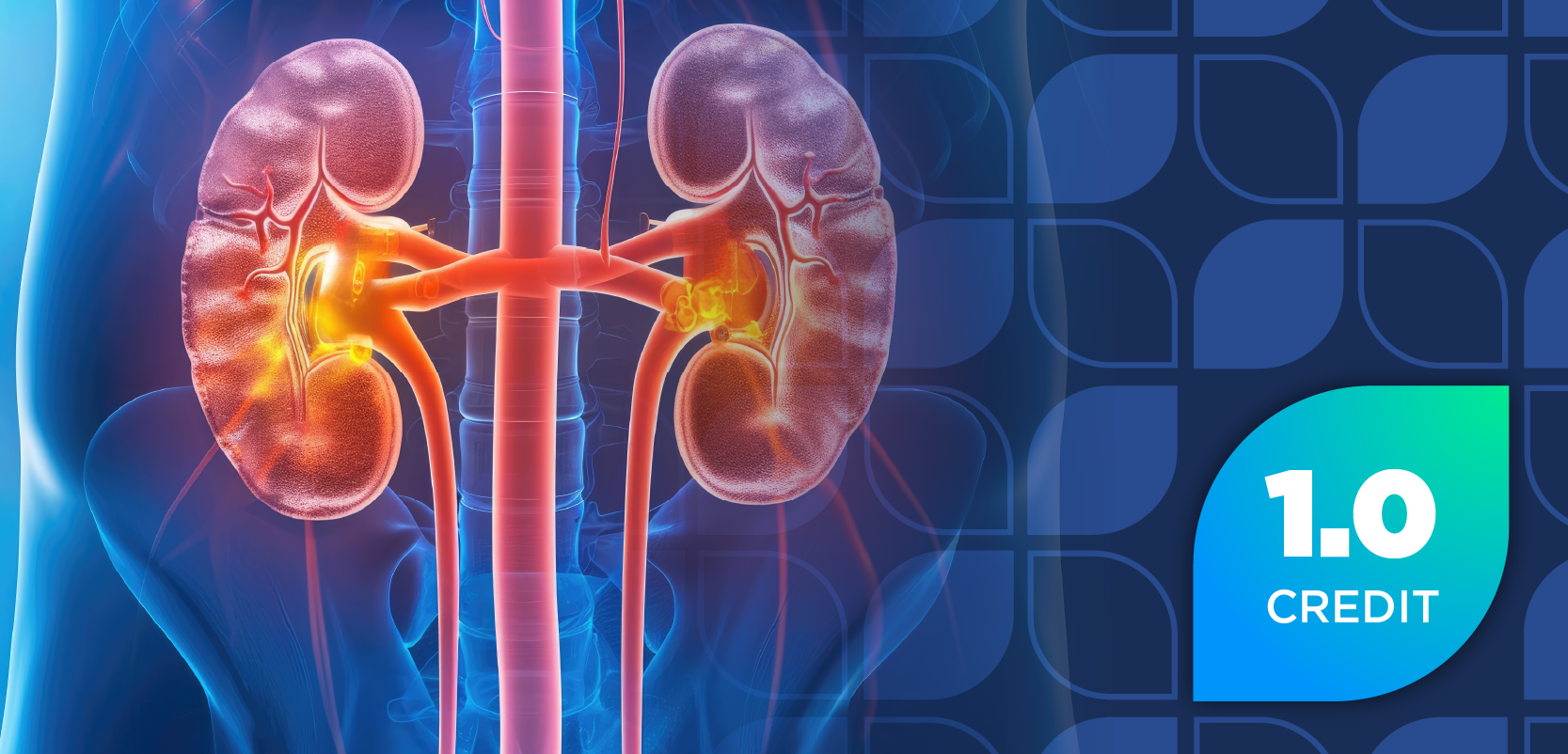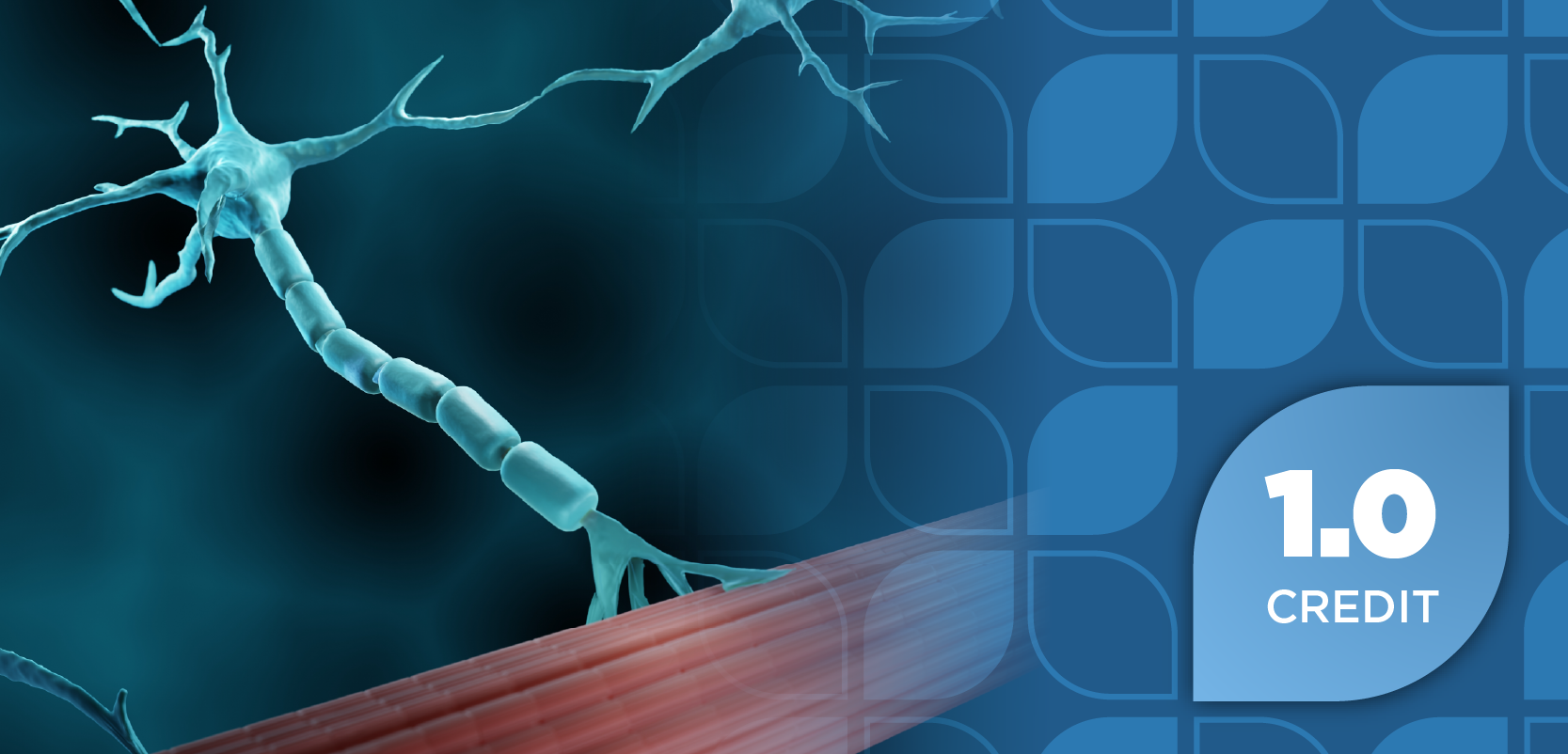
Understanding the Continuum of Cardiovascular Disease and Its Risk on Patients
This article was sponsored by Bayer®, maker of Bayer® Aspirin.
CARDIOVASCULAR DISEASE IN THE US
In the United States, heart disease is the leading cause of death among men, women, and most racial and ethnic groups.1 Through 2022 alone, heart disease claimed 702,880 lives, accounting for 1 in every 5 deaths and costing approximately $252.2 billion in health care services, medications, and lost productivity.1,2 Evaluating the upstream drivers of cardiovascular disease (CVD), particularly modifiable, nongenetic risk factors, is essential for effective public health strategies.3 These risk factors can be assessed by considering their prevalence, exposure, and the strength of their association with health outcomes as well as their contribution to cause-specific mortality.3
Subclinical Atherosclerosis
Subclinical atherosclerosis is defined as an atheromatous disease in 1 or more arterial territories without any clinical signs, symptoms, or events, serving as an early indicator of atherosclerotic burden.4 Coronary heart disease occurs when atherosclerosis, a long-term inflammatory disease, develops in the arteries. This condition often begins early in life and worsens over time.5
We now understand that the underlying progression of plaque buildup in the arteries of the heart—known in the medical community as atherosclerosis—can cause a cascade of CV events along a progressive risk continuum. In fact, in many patients, an increased risk of CVD is present long before a CV event like a heart attack occurs and sometimes before traditional risk factors are even detected. These individuals have underlying advanced subclinical atherosclerosis that often goes undetected because of lack of symptoms until it manifests as a clinical event such as a heart attack. Subclinical atherosclerosis is a critical component of the cardiac risk continuum, providing valuable insights into an individual's cardiovascular health and guiding preventive strategies to mitigate the risk of future cardiovascular events.6
CARDIOVASCULAR CONTINUUM
The CVD continuum (CVDC) describes a progression of events driven by risk factors such as dyslipidemia, hypertension, diabetes, obesity, and smoking, which can ultimately lead to heart failure and death if untreated. Clinical trials and studies have confirmed that addressing these risk factors early can arrest the progression of CVDC.7
The CVDC follows a series of progressive steps8:
1) Present risk factors, including family history, obesity, smoking, dyslipidemia, hypertension, diabetes, and/or chronic kidney disease.9
2) Advanced subclinical atherosclerosis—Inflammation, endothelial dysfunction, and oxidative stress lead to the first signs of atherosclerosis/early plaque development. The patient is at risk but still asymptomatic.10
3) Plaque formation and progression—calcium deposition and plaque continue to form in the arteries. Patient risk increases.11
4) Coronary thrombosis, myocardial infarction, and end-stage heart disease—thrombus leads to cardiovascular events such as myocardial infarction. Patient is at increased risk of recurrent events and end-stage heart disease or heart failure.12
Emerging evidence emphasizes the importance of early intervention in managing risk factors over solely treating advanced CVD.7
CARDIOVASCULAR RISK CALCULATORS
Cardiovascular risk calculators can quickly calculate a patient’s likelihood of developing atherosclerosis. These tools assess multiple risk factors to estimate the probability of future cardiovascular events, enabling clinicians to guide preventive treatment strategies.13 Risk scores for CVDs are commonly used in clinical practice to identify individuals at high risk of a fatal or nonfatal event within the next 10 years. These scores aim to guide risk mitigation through lifestyle changes or pharmacologic treatment of conditions such as hypertension and hypercholesterolemia.14
Several limitations exist with the cardiovascular risk scores commonly used in practice. These scores tend to overestimate the proportion of individuals classified as high risk, and recent systematic reviews indicate low-quality evidence suggesting that the application of current CVD risk scores has minimal impact on the incidence of cardiovascular events. Furthermore, most existing risk scores rely on a limited and homogeneous set of fixed factors for their calculations.14
CVD risk factors can be efficiently collected through web-based platforms and integrated into electronic health records. More detailed insights can be gained from smartphone apps, questionnaires, and wearable devices for continuous monitoring. Modern techniques such as machine learning further enhance understanding of CVD risk factors by identifying complex interactions that traditional methods may miss.14
New Model
A new online tool has been designed to quickly evaluate an individual’s risk factors for developing CVD over the next 10 years. This tool provides individuals with greater access and insight into their health by offering real-time feedback on lifestyle changes, empowering them to manage their conditions proactively with health care professionals as part of ongoing health management.14
The risk factor model, DiCAVA, was developed to enhance the personalized assessment of CVD risk factors in remote settings. This model uses machine learning techniques, aiming to incorporate new patient-centric variables.14 The underlying algorithm, developed by Huma Therapeutics and using data from the UK’s Biobank, has been validated and published in a peer-reviewed scientific journal.14,15 This model has also, more recently, been validated and proven accurate using the All of Us database in the US, which is representative of the United States’ diverse population.14,15
A study successfully established a new cardiovascular risk factor model with high predictive accuracy, incorporating updated variables that can be applied in clinical practice. The main goal of this study was to create a model for assessing CVD risk that integrates both traditional statistical methods and machine learning techniques, guided by clinical expertise and designed for remote implementation. The secondary outcome focused on identifying new variables for consideration by the broader community for future CVD risk models to enhance their effectiveness. To demonstrate the value of these nontraditional variables, the model was compared against the Framingham risk score that is currently used in clinical practice.14
Comparison With Framingham Risk Score
The Framingham risk score provides comprehensive multivariable assessments for estimating the probability of CVD based on a range of risk factors, thereby guiding preventive management strategies in clinical practice.16 This is one of the most commonly used CVD risk factor assessment tools used by clinicians over the past few decades.
The DiCAVA study compared new models that are used in the new risk-assessment tool. The reduced Cox proportional hazards model achieved a C-index of 0.7443, while DeepSurv reached a C-index of 0.7446, demonstrating that both models outperformed the Framingham score, which had a C-index of 0.704, in assessing CVD risk factors.14
ROLE OF IMAGING MODALITIES IN RISK ASSESSMENT
Many cases of coronary artery disease could be prevented with timely diagnosis and appropriate intervention. Placing greater emphasis on the early detection and proactive management of atherosclerosis, even before the onset of symptoms, is especially important for reducing disease progression and preventing serious cardiovascular events.4 The coronary artery calcium scan has become widely used for assessing cardiovascular risk due to its affordability, effectiveness, and noninvasive nature.17 Research has demonstrated that an ultrasound-derived carotid plaque score is also a strong predictor of future atherosclerotic CVD events.18
ROLE OF THE PHARMACIST IN COUNSELING PATIENTS ABOUT CARDIOVASCULAR RISK FACTOR ASSESSMENT
Pharmacists play a pivotal role in educating patients about their risk factors for heart disease and the importance of risk assessment and prevention. By suggesting unique, user-friendly tools, they can guide patients through the assessment process, help them understand their results, and educate them on the importance of consulting with their primary care provider about cardiovascular risk factors and heart health. They are also well positioned to offer personalized recommendations on lifestyle changes and medication adherence. Through these efforts, pharmacists enhance patient education, promote proactive health management, and contribute to improved cardiovascular outcomes.
REFERENCES
1. About heart disease. Centers for Disease Control and Prevention. Updated May 15, 2024. Accessed October 31, 2024. https://www.cdc.gov/heart-disease/about/index.html
2. Martin SS, Aday AW, Almarzooq ZI, et al; American Heart Association Council on Epidemiology and Prevention Statistics Committee; Stroke Statistics Subcommittee. 2024 heart disease and stroke statistics: a report of US and global data from the American Heart Association. Circulation. 2024;149(19):e347-e913. doi:10.1161/CIR.0000000000001209
3. Vaduganathan M, Mensah GA, Turco JV, Fuster V, Roth GA. The global burden of cardiovascular diseases and risk: a compass for future health. J Am Coll Cardiol. 2022;80(25):2361-2371. doi:10.1016/j.jacc.2022.11.005
4. Kawai K, Finn AV, Virmani R; Subclinical Atherosclerosis Collaborative. Subclinical atherosclerosis: Part I: What Is it? Can it be defined at the histological level? Arterioscler Thromb Vasc Biol. 2024;44(1):12-23. doi:10.1161/ATVBAHA.123.319932
5. Toth PP. Subclinical atherosclerosis: what it is, what it means and what we can do about it. Int J Clin Pract. 2008;62(8):1246-1254. doi:10.1111/j.1742-1241.2008.01804.x
6. Mortensen M, Dzaye O, Steffensen F. et al. Impact of plaque burden versus stenosis on ischemic events in patients with coronary atherosclerosis. JACC. 2020;76(24):2803–2813. doi:10.1016/j.jacc.2020.10.021
7. Chrysant SG. A new paradigm in the treatment of the cardiovascular disease continuum: focus on prevention. Hippokratia. 2011;15(1):7-11.
8. Dzau VJ, Antman EM, Black HR, et al. The cardiovascular disease continuum validated: clinical evidence of improved patient outcomes: part I: pathophysiology and clinical trial evidence (risk factors through stable coronary artery disease). Circulation. 2006;114(25):2850-2870. doi:10.1161/CIRCULATIONAHA.106.655688
9. Nawata K. Risk factors for heart, cerebrovascular, and kidney diseases: evaluation of potential side effects of medications to control hypertension, hyperglycemia, and hypercholesterolemia. Front Cardiovasc Med. 2023;10:1103250. doi: 10.3389/fcvm.2023.1103250
10. Odegaard AO, Jacobs DR, Sanchez OA, et al. Oxidative stress, inflammation, endothelial dysfunction and incidence of type 2 diabetes. Cardiovasc Diabetol. 2016;15(51). doi:10.1186/s12933-016-0369-6
11. Mori H, Torii S, Kutyna M, Sakamoto A, Finn AV, Virmani R. Coronary artery calcification and its progression: what does it really mean? JACC Cardiovasc Imaging. 2018;11(1):127-142. doi:10.1016/j.jcmg.2017.10.012
12. Palasubramaniam J, Wang X, and Peter K. Myocardial infarction—from atherosclerosis to thrombosis: uncovering new diagnostic and therapeutic approaches. ATVB. 2019;39(8):176-185. doi:10.1161/ATVBAHA.119.312578
13. Calculating risks for heart disease. National Heart, Lung, and Blood Institute. July 28, 2022. Accessed October 31, 2024. https://www.nhlbi.nih.gov/news/2022/calculating-risks-heart-disease.
14. Dolezalova N, Reed AB, Despotovic A, et al. Development of an accessible 10-year Digital CArdioVAscular (DiCAVA) risk assessment: a UK Biobank study. Eur Heart J Digit Health. 2021;2(3):528-538. doi:10.1093/ehjdh/ztab057
15. Yao Z, Dolezalova N, Aral M, Albrecht G, Irving B, Blaha MJ. Validation of digital cardiovascular risk score (DiCAVA) in the United States All of Us dataset. Eur Heart J. 2024;45(suppl 1). doi.org/10.1093/eurheartj/ehae666.2718
16. D’Agostino RB Sr, Pencina MJ, Massaro JM, Coady S. Cardiovascular disease risk assessment: insights from Framingham. Glob Heart. 2013;8(1):11-23. doi:10.1016/j.gheart.2013.01.001
17. Burge MR, Eaton RP, Comerci G, Cavanaugh B, Ramo B, Schade DS. Management of asymptomatic patients with positive coronary artery calcium scans. J Endocr Soc. 2017;1(6):588-599. doi:10.1210/js.2016-1080
18. Ihle-Hansen H, Vigen T, Berge T, et al. Carotid plaque score for stroke and cardiovascular risk prediction in a middle-aged cohort from the general population. J Am Heart Assoc. 2023;12(17):e030739. doi:10.1161/JAHA.123.030739
Newsletter
Stay informed on drug updates, treatment guidelines, and pharmacy practice trends—subscribe to Pharmacy Times for weekly clinical insights.













































































































































































































